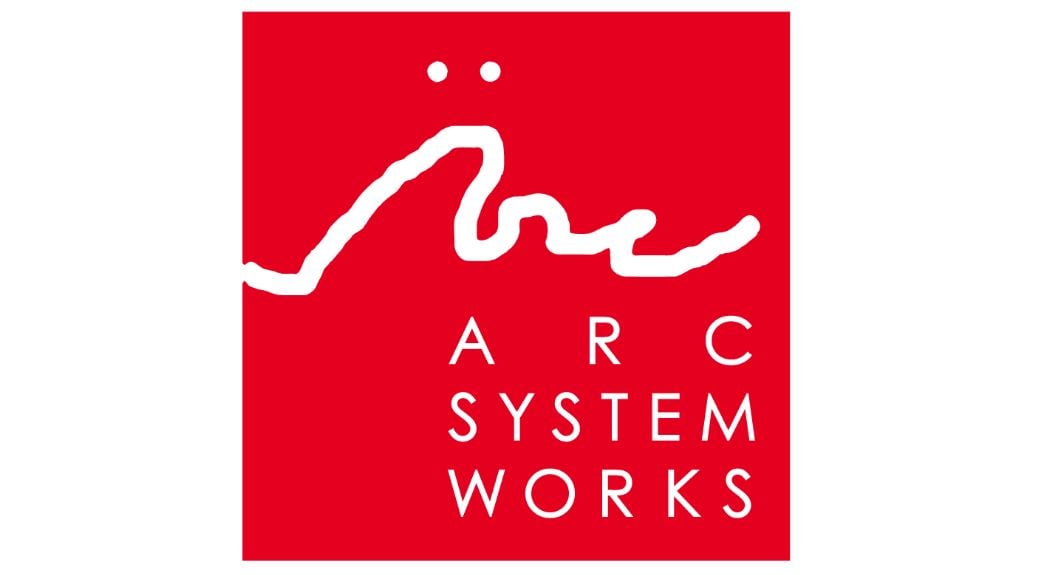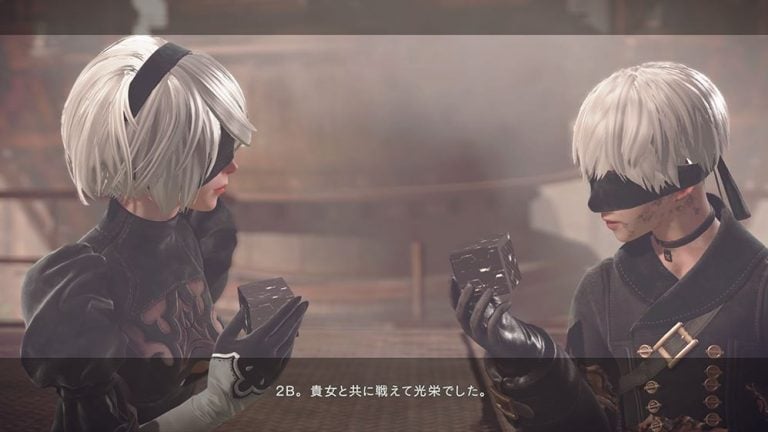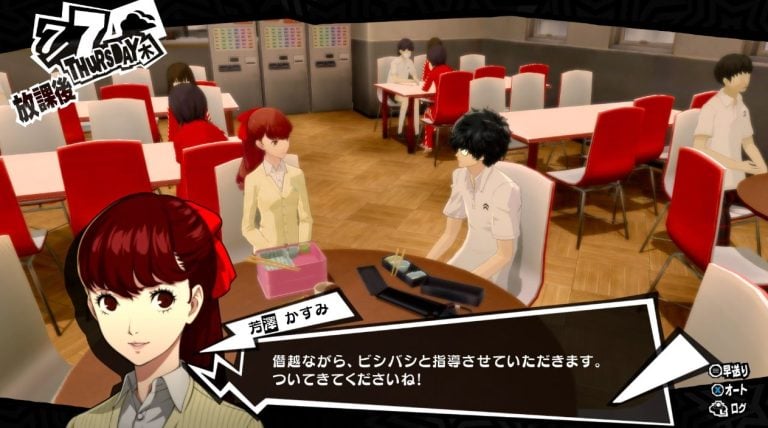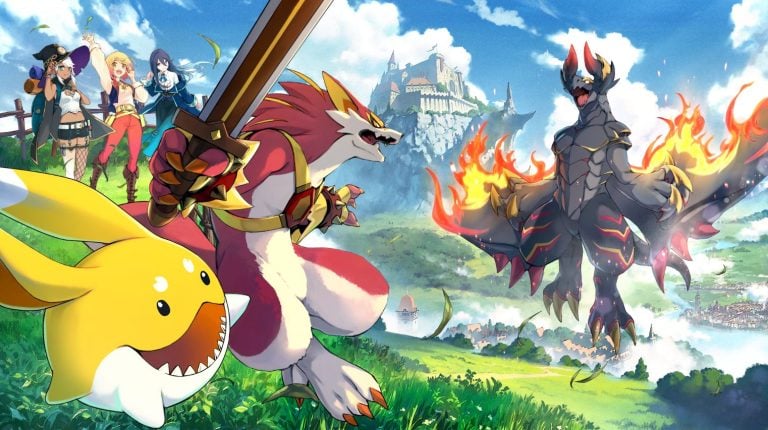Arc System Works has an established track record with their IPs, such as the 2D fighting game series Guilty Gear and BlazBlue, followed by other familiar brands such as the Kunio-kun (River City) franchise. Arc System Works also regularly releases new projects, one example being Of Mice and Sand. Today, we were invited to the company’s internal audition for new project pitches, and we took up the offer.
A brief outline of the audition process:
- Employees of Arc System Works and its affiliated companies are eligible to submit proposals for their pitches
- Target platforms for development are PC and/or consoles
- The scope and budget for the approved project is limited (flexible to an extent)
- The company guarantees to approve at least one pitch from the session and to allocate resources for the project to commence
In a nutshell, this is a greenlight audition for the company to gather proposals internally from staff members, review and evaluate them, and finally approve the selected pitches and turn them into official projects. Prior to the session we attended, there was already a primary audition carried out, and we were given the opportunity to participate as an external judge for the second round. Alongside us were several well-known freelance game producers as well, and we sat down together to watch the candidates do their presentations. At the end of the audition, Arc System Works consolidated feedback from the judge panel before making the final decision to approve one or more project(s).
A total of five pitches made it through to the second audition and today’s presentation:
- Sci-fi alien immigration simulator game (tentative)
- Evolution-based deck-building roguelike game (tentative)
- Retro side-scrolling action game (tentative)
- Wire and boost 2D action game (tentative)
- Samurai action game (tentative)
The comprehensive evaluation involved judging the proposals based on a wide range of criteria, from creativity to commercial potential. In this article, we provide an outline of each presentation and how it was judged. The article concludes by revealing the final approved project(s). However, as each presentation had its own unique points and challenges, we will be introducing all five of them in this article.
Sci-fi alien immigration simulator game (tentative)
This pitch was proposed by a game planner at Arc System Works. Without going into the minute details, it is a simulator game in which the player is placed in a “specific situation” where they have to interact with aliens. The game’s hook is to make things stimulating by introducing the unpredictable – as the player, you will be dealing with unknown creatures of various species, some of which don’t even speak, and you do not know if they are dangerous or not. There is also a risk factor to the game, as making wrong choices can lead to injury or even get you killed.
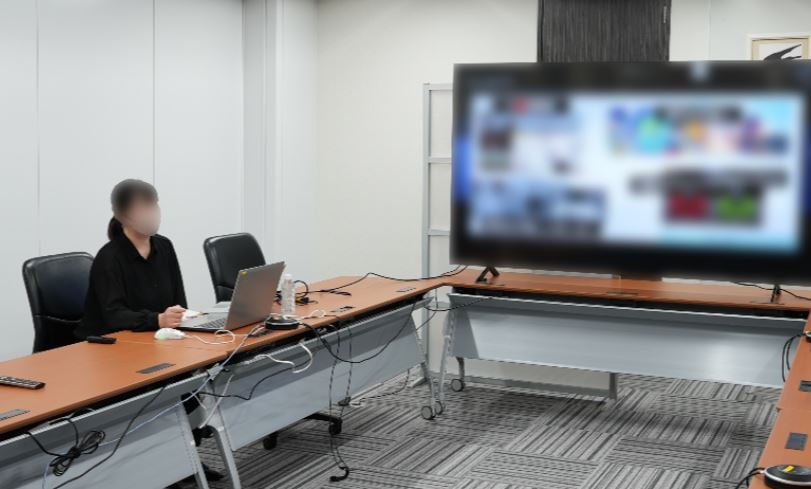
This proposal was highly evaluated. The concept is simple, but it also has the potential to stand out for the way it uses the concepts of alienation and the unknown. One of the slides (shown below) includes examples of the concepts for some of the aliens, such as the “Bean Alien.” The Bean Alien poses a “Medium” threat level, and its description reads, “Despite its cute appearance, the saliva it excretes is acidic. Impossible to establish communication.”
The pitch was well received for its potential and capacity to accommodate for high creative freedom -even the judges were coming up with ideas for new gimmicks during the presentation. It was also noted that this game carries the potential for connecting with other IPs through collaborations, which also contributed to its high score among the judges.
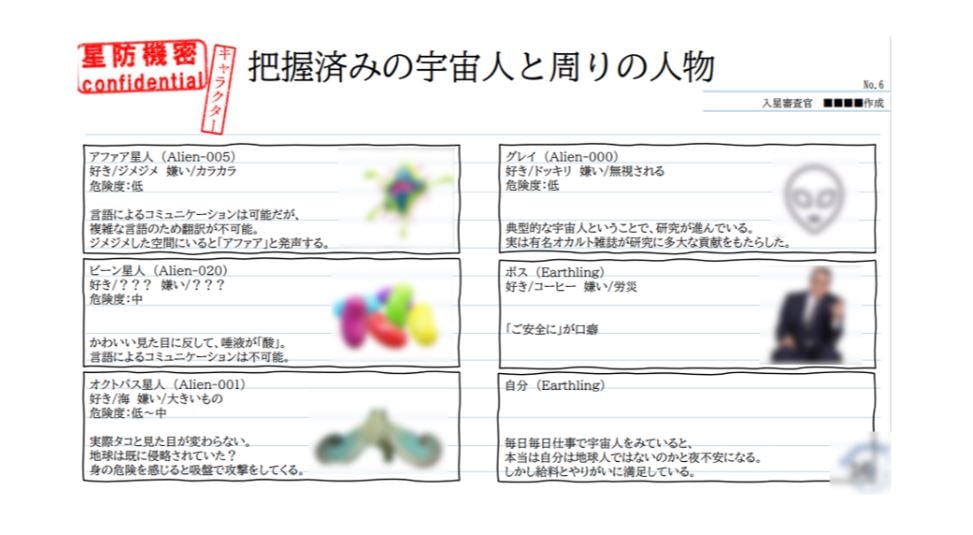
On the other hand, some points of critiques were brought up too, such as: “players might get bored easily if there is an insufficient variety of events,” “the game would need an extensive tutorial,”; “perhaps it would be better to randomize which aliens the player encounters”; “what about setting time limits?”; “if the game rule benches on information and judgement, it would require a clear-cut rule setting for the players.” This led to a fruitful Q&A session, and the presentation concluded on a positive note.
Evolving deck-building roguelike card game (tentative)
This pitch was presented by another game planner at Arc System Works. Having also participated in the development for “Of Mice and Sand”, he showcased high enthusiasm and a passion for indie games, which led to him participating and submitting his own proposal.
The pitch drew great inspiration from Slay the Spire and Teamfight Tactics. The presenter first played Slay the Spire: The Board Game and, hugely impressed with its level design, sought to develop a project of his own while taking reference from it. The core structure of the game falls under a regular turn-based deck-building game, whereby the player draws cards (monsters) from the pool, expends resources and plays accordingly.
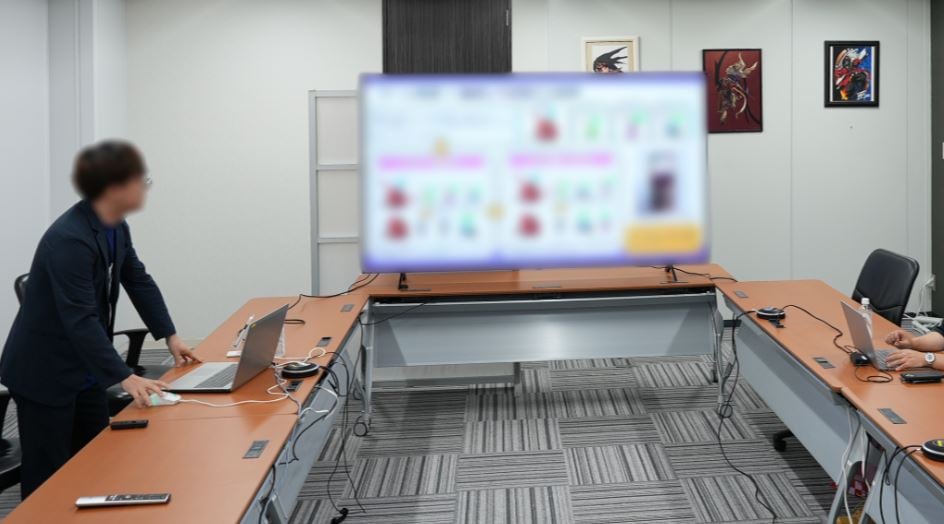
At first glance, one would find that the game utilizes a standard deck-building ruleset. However, the presenter added a different element – the mechanic of “evolving” by stacking, taking inspiration from Teamfight Tactics. Doing so allowed his game to take a step further towards resource expansion and player customization.
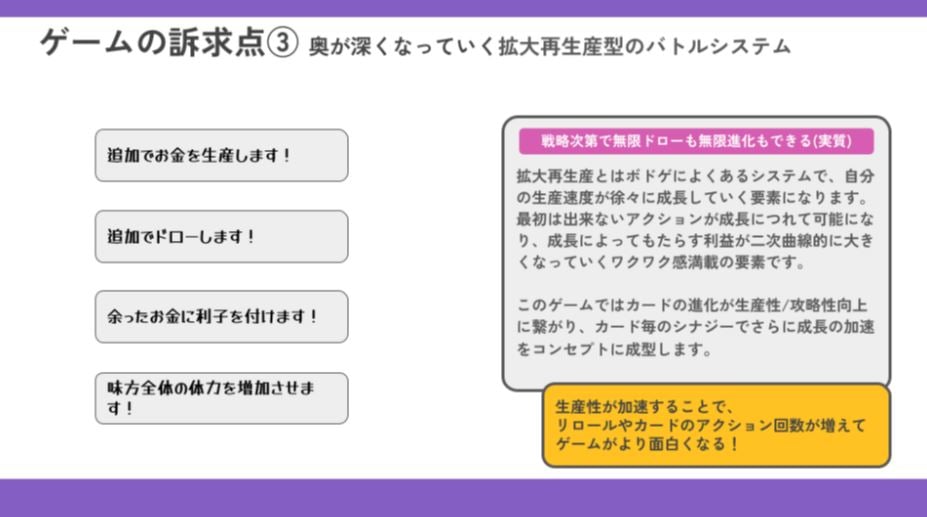
In an effort to refine the game’s playability, the presenter actually made an analog version of his pitch and already had a few colleagues test play his game before the presentation. Bearing that it was still a very early prototype and many of the card synergies were still unrefined, the pitch received harsh criticisms across the board, but we saw great enthusiasm from the presenter in his eagerness to receive feedback and refine his game into something more entertaining.
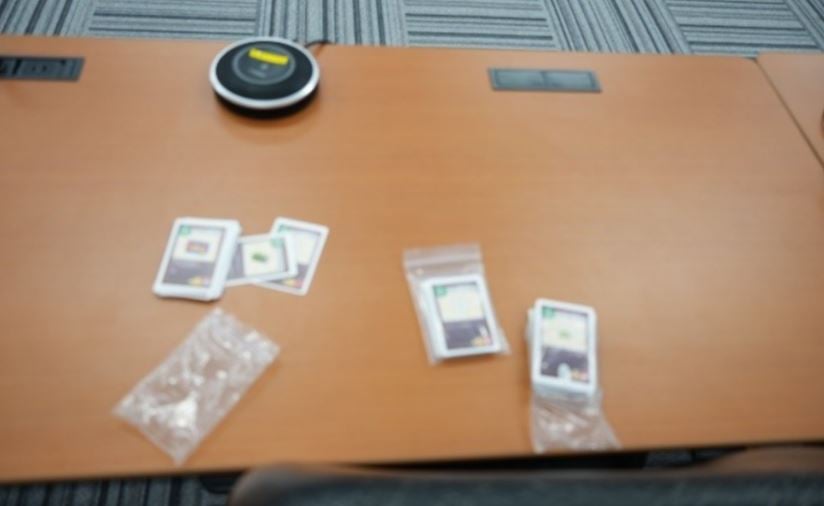
This proposal stood out among the others for its game design and the challenges and growth potential it holds. On the other hand, questions such as “What makes this game stand out from other deck-building games in the market?” were raised. The presenter responded with “while there is a market for deck-builders, the supply is still relatively low and there is still room for entry.”
Another judge pointed out that “the pitch seems to lack uniqueness in both concept and design”, “even if we can make the game fun in the end, given that there are many similar products out readily available, there is a high risk that the game might not even reach the hands of its intended audience.” To which, the presenter reiterated again that his research findings found a lower supply-to-demand ratio, and emphasized that the company should be able to leverage more on exposure by attending showcase events and expos. He seemed to lack a definitive answer on “how to get people to pick up his game,” but that did not diminish the value of his well-thought-out game design and passion.
Side-scrolling action game with party members (tentative)
This proposal was submitted by a game planner at Arc System Works. The concept follows three main keywords: “side scroller” meets “wacky” meets “increasing party members.” The basic gameplay follows that of a standard side scroller game, where the player advances in the game, defeats a boss, and obtains new party members. The unique points would be forming specific team synergies with the party members and performing special combination attacks.
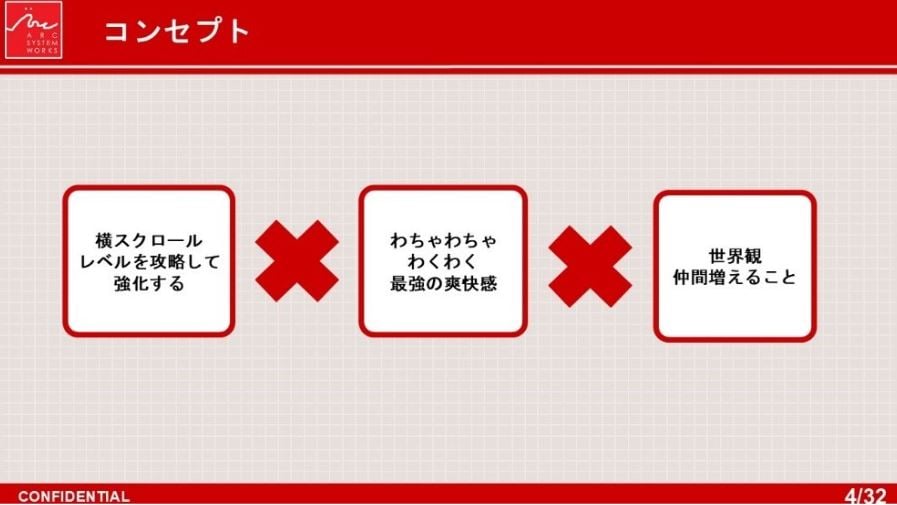
The game was envisioned with an 8-bit pixel art style, focusing on the mass production of characters/party members. The aim was to achieve a huge variety of special effects, coupled with smooth motion animations to form a new, “modern 8-bit” style. It was designed with Vampire Survivors as a reference point, where massive numbers of objects appear on the screen to form the “wacky” element of the game.
We had the best impression of this presentation. The pitch was well paced and thorough, while being clear in its message. The presentation had many mock ups, animations and pictures to supplement. It also had a Profit/Loss analysis, paving the way for a solid business proposal already.
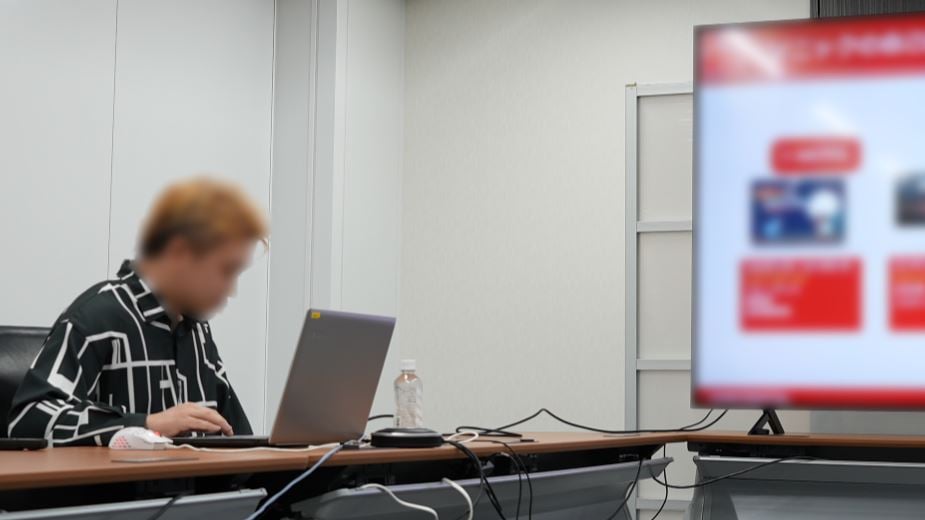
On the other hand, it seemed that the game’s concept failed to captivate the judges, as it feels like a standard side scrolling action game and lacks characteristics to set it apart from others. For instance, one of the judges pointed out that the game lacked the element of surprise and unpredictability. The board also discussed that it is difficult in today’s time for a side scroller game to achieve uniqueness. Nevertheless, the presenter showcased his passion and enthusiasm towards pixel art and side scrolling action games.
Wire-boost-action 2D platformer (tentative)
This project was submitted by a game planner from APLUS, a consolidated subsidiary of Arc System Works. It combines two elements as its base concept – “2D wire-action” and “speed boosts.” In this game, the player can fire out a wired hook at 360 degrees, which can hook itself to various objects present and within range. Then, the player can proceed to use the other element, “Soda Jets,” to propel rapidly towards the hook. Using the wire will fill up the Soda Jet gauge, which the player can then use to accelerate. In simple terms, the project could be compared to a to a stage-clearing type RTA wire-and-jet action game.
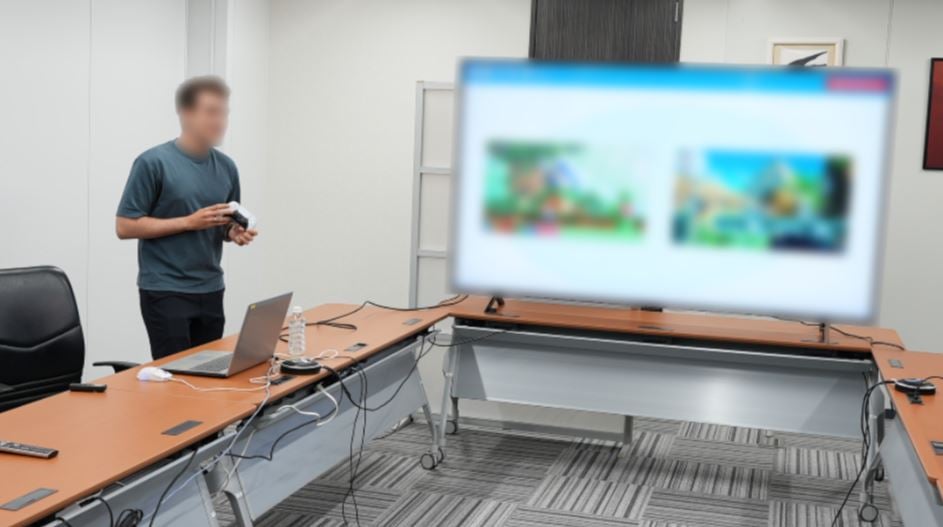
This project sets itself apart from the others by being the only pitch with an actual gameplay demo video. The presenter created a mockup using Unreal Engine and captured a sample sequence of his project into a video. As the saying goes, “a picture tells a thousand words” – the short video immediately drew attention from the judge panel, and there was no more need for the presenter to explain and elaborate on his game in detail.
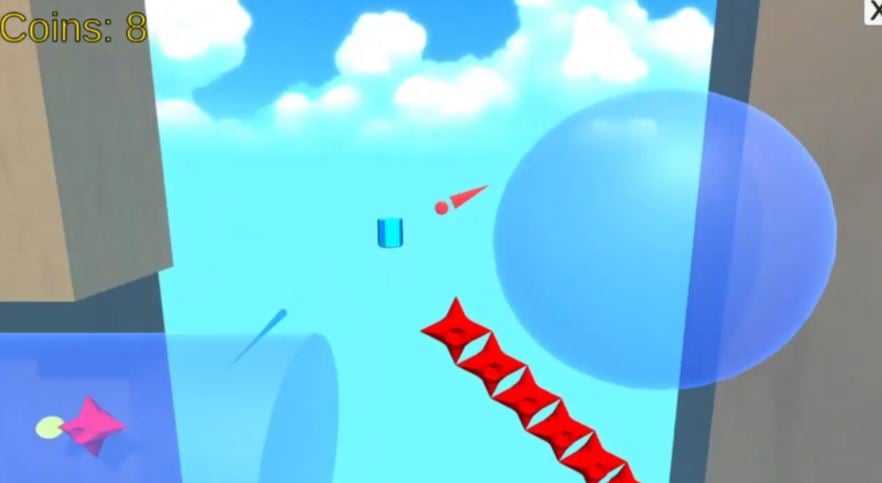
In addition, the presenter showcased his plans to introduce additional gimmicks and variations for boss fights. The wire hook and Soda Jets will also be upgradable as the player progresses, providing room for more player freedom. There seemed to also be plans to include treasure hunting elements in the game. Overall, the game seeks to appeal to RTA fans, and naturally its target audience demographic is RTA gamers.
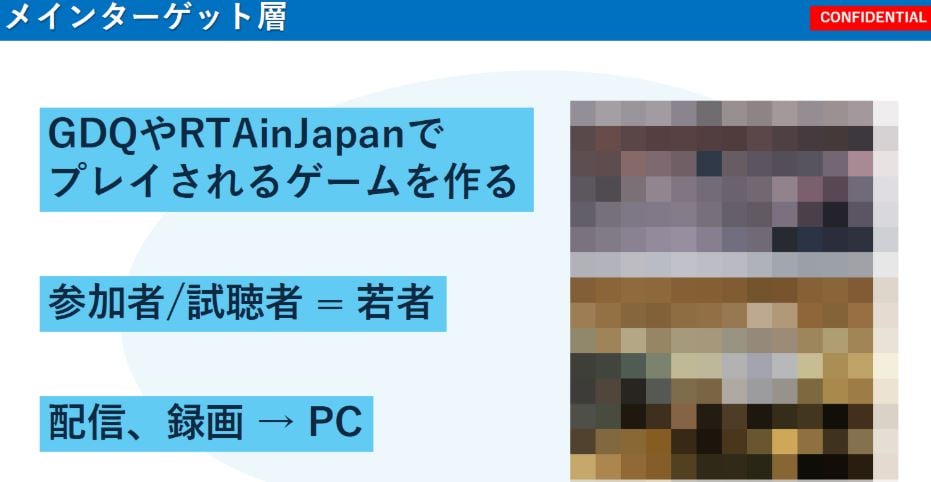
On the other hand, one of the judges suggested replacing the wires and soda jets with something else. Different examples were given, with some branching towards the comedic side, and the presentation ended on a positive note.
The -SAMURAI- game (tentative)
This was the most ambitious proposal in the screening. It was submitted by a programmer at AQURIA, a development studio that Arc System Works has a capital alliance with. The basic concept is an action game where you play as a samurai and engage in specialized samurai swordfights. The mechanics are simple, while leaving room for depth, such as responding to vertical strikes with horizontal swings and the like.
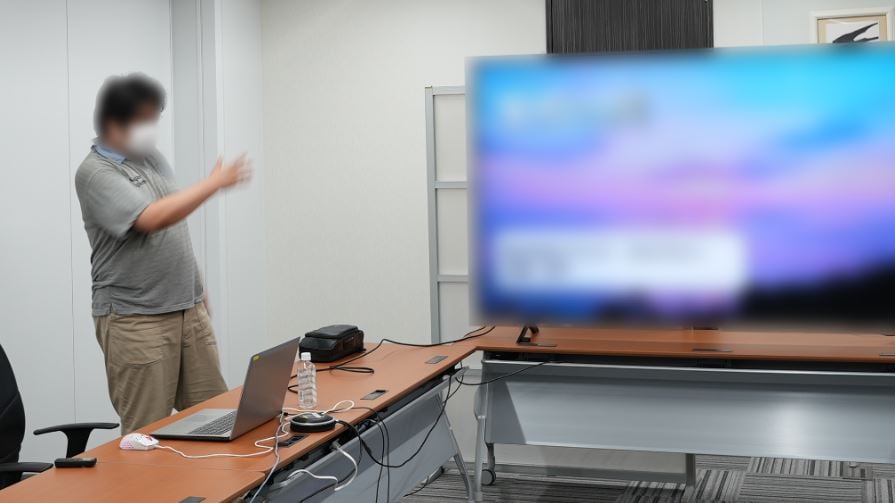
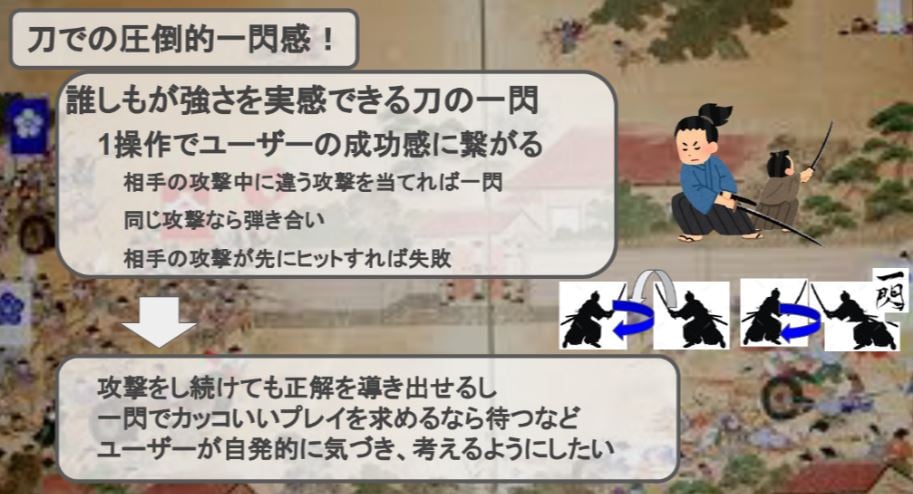
So, which pitch got greenlit?
Ten days after the audition was held, Arc System Works reached a conclusion for the final selection. The final winner was the “Sci-fi alien immigration simulation game (tentative)”, the very first pitch presented that day. We also felt that the choice was reasonable, as it was based on the grounds of “adding a layer of creativity to an existing game format”, “possessing uniqueness to stand out as well as entertainment value”, as well as “the creator has a clear vision on the end product”, “easy to visualize the final image of the game.”
On the other hand, not all of the other proposals got rejected entirely. The second pitch, for the evolving deck-building roguelike game, was also brought up to the table, and while it has not been officially greenlit for full development, it was specially granted approval for prototyping as an analog game first, after which it will be reviewed again for a chance at full development. The wire-boost-action game also impressed the judge panel, and since it was brought up by APLUS, the board decided to let APLUS do their own internal review and decide for themselves if they wish to pursue the project. All in all, the pitches were taken for their respective reviews and re-evaluations separately.
It is a first that we had the pleasure to participate in a company’s internal game project audition, notwithstanding several instances where we ourselves pitched to a company. The presenters were brimming with passion, and spared no leniency in their preparations. During the presentations, there were also conversations on what needs to be done to sell the game and such, and it was a very refreshing learning experience for our editorial team. We believe this sheds some light on Arc System Works’ ever-challenging work culture. In the meanwhile, we will be looking forward to how the Sci-fi alien immigration game turns out when its polished and released.

